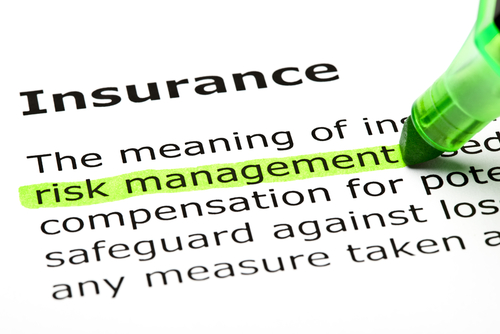Yesterday, a meeting of minds discussed the state of the insurance market and the RIMS Benchmark Survey in a webinar that was broadcast live from the RIMS offices in Manhattan. The panel of experts included:
- Jim Blinn, principal at Advisen (moderator)
- Richard W. Sarnie, vice president of risk management for The Great Atlantic & Pacific Tea Company
- Carol Fox, director of strategic and enterprise risk practice for RIMS
- Pamela Ferrandino, executive vice president, national practice leader casualty, placement and senior director for Willis North America
Presented as insider views and opinions from behind-the-scenes, the webinar allowed the audience of buyers and brokers to gain a perspective that is intentionally broad and could influence how they adjust their risk appetite for the second half of 2012.
Jim Blinn: What is driving the increase in total cost of risk (TCOR)?
Rich Sarnie: I expand the TCOR beyond just the insurable cost. Look at things like the cost of capital. We also look at our safety expenditures. What I try to do is use the benchmark data as a starting point, but then add to it.
Blinn: In 2011, a record year for catastrophes, how have they had an impact on risk management and the types of questions you see underwriters asking?
RS: They’re really drilling down on our supply chain. Risk managers really need to be in tune with operations — where you’re getting your products and how you’re going to get it to marketplace, and if there’s a supply chain interruption, how are you going to deal with that?
What challenges do you see and how do you explain them to senior management and the board?
Carol Fox: I have an embarrassing example in regards to that. We had budgeted for a four-time increase and we missed it. My recommendation is to communicate with underwriters and brokers about cycles. If they aren’t communicating throughout the year, you really don’t get an opportunity to forecast things.
RS: This is what we get paid to do. Anyone can purchase cheap insurance. We have to say ‘listen, this is where pricing is going’ and if it comes to a certain point, you don’t buy it. This is were you really show your value to senior management. Again, it goes back to TCOR. Buying insurance is just one tool of many, it’s not the only one.
Pamela Ferrandino: I think it’s also a responsibility of the broker to communicate with you well in advance about a renewal.
As concerns risk, what are the biggest issues for senior management?
RS: Senior management is now much more focused on risk management. But their biggest concern is not insurance or insurable risks, it’s other risks, such as availability of affordable finance, supply chain, reputation, social media. you should have tools to address those risks. Those are the things senior management cares about the most.
Are there similar concerns at the board level?
CF: They’re most concerned about strategic risks. The other thing we’re hearing is that they’re getting a lot of data, but not a lot of information. To Rich’s point, the board is not necessarily focusing on insurance, but the question really is, what are the deviations? It all ties back to the risk appetite of an organization and its tolerances.
The workers comp industry has been under stress. How have comp carriers responded and how has this affected your clients?
PF: We have an aging workforce and that has presented a problem in the workers comp market.
What about reputation risk? cyber issues?
Carol: Organizations that actually rate reputation impact separately from any other impact they may have have a better handle on their risks. Reputation is always going to be important. From an emerging risk perspective, the biggest concern is not being prepared. Organizations may identify an emerging risk but they’re doing it in a very siloed way.

